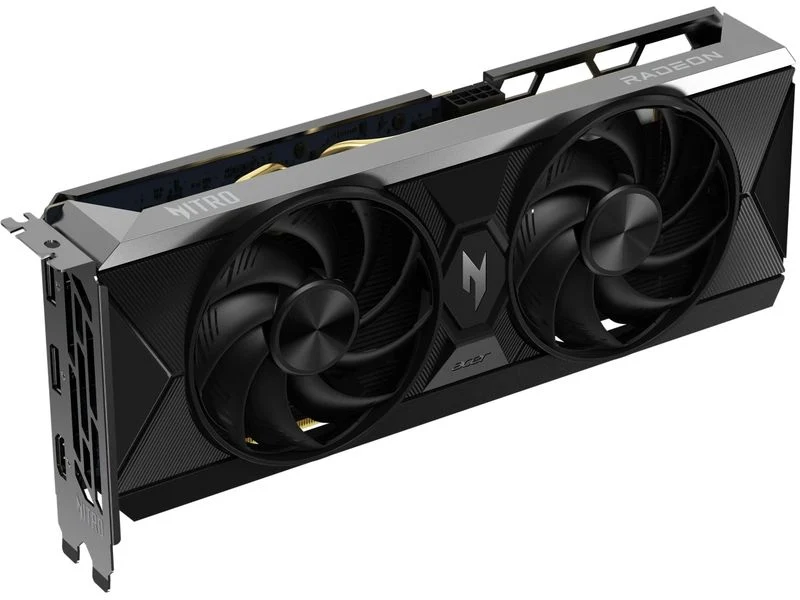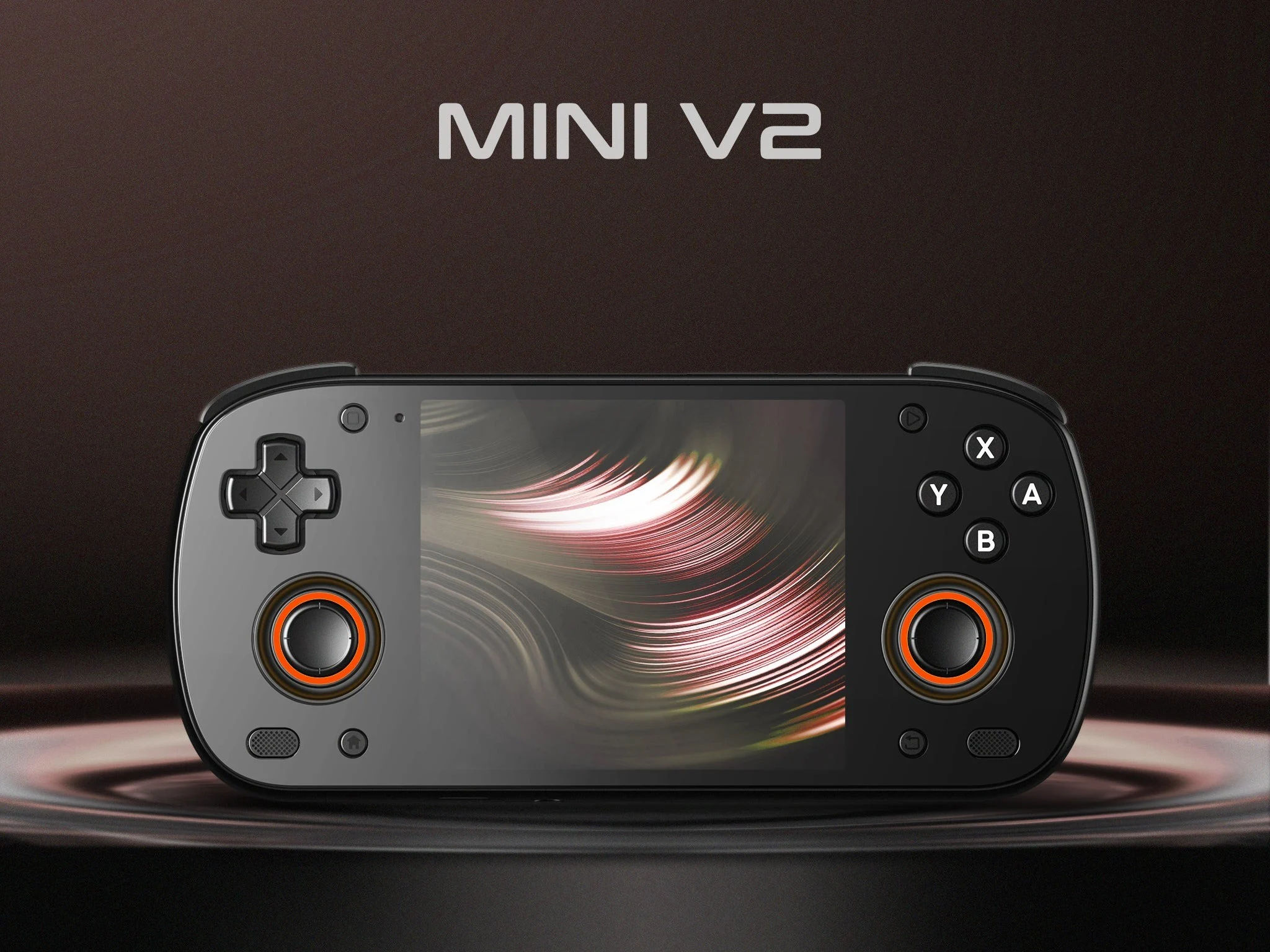Key Takeaways
1. Xbox Game Pass added six new games, with DOOM: The Dark Ages as a major upcoming title.
2. Vermintide 2 features co-op gameplay where players battle Skaven and Chaos warriors, focusing on melee action and character progression.
3. DOOM: The Dark Ages shifts the series to a medieval setting, emphasizing tactical melee combat and introducing new weapons and mechanics.
4. Kulebra and the Souls of Limbo is a 3D adventure where players explore a whimsical afterlife, helping souls resolve their issues in a time loop.
5. Kulebra’s gameplay emphasizes exploration and observation, with a charming papercraft aesthetic that enhances the storytelling experience.
Last week, Xbox Game Pass added six fresh games – four on Wednesday and two more on Thursday. Looking forward, next week’s highlight is DOOM: The Dark Ages, a big title that many fans are eagerly waiting for. If fighting off swarms of rat-like creatures or engaging in a detective-style narrative within a strange time loop sounds interesting, you should check out Vermintide 2 or Kulebra and the Souls of Limbo. Here’s a quick overview of these three new titles that will be arriving on Game Pass next week.
Vermintide 2 Overview
In Vermintide 2, a group of five heroes faces unending waves of Skaven (ratmen) and Chaos warriors. The story continues right from the end of the first game: after breaking free from captivity, the team now battles to fend off the invasion and save the Empire from falling apart. Co-op gameplay is the main focus here, as up to four players fight through linear levels that take them from rural villages to city streets, dark catacombs, and crumbling castles. Although missions can be played with AI partners, the game does not include a genuine single-player campaign.
Combat and Progression
The heart of the game is its fast-paced melee action, with a variety of weapons like swords, hammers, axes, and magic, along with ranged options like crossbows and pistols. Each of the five characters has at least three career paths, each with unique abilities and passive perks, covering roles like tank, support, or DPS. The progression system rewards players with loot boxes filled with new weapons and gear for completing missions. Even though it launched in 2018, Vermintide 2 still thrives thanks to expansions like Winds of Magic and Chaos Wastes, as well as seasonal events and ongoing challenges.
DOOM: The Dark Ages
After a long time, DOOM enthusiasts finally have something fresh to dig into – although it’s a shift from what they may expect. DOOM: The Dark Ages acts as a prequel to DOOM (2016) and DOOM Eternal (2020), placing players in the role of the DOOM Slayer, now seen as a “superweapon of the gods” fighting demonic entities in a kingdom under attack. For the first time, the series moves away from its classic techno-demonic sci-fi setting into a darker medieval realm. Instead of the fast-paced, acrobatic combat familiar from earlier titles, The Dark Ages focuses on slower, more tactical melee combat.
Weapons and Gameplay Mechanics
Combat in DOOM: The Dark Ages revolves around brutal, medieval-inspired weapons like the “Shield Saw,” a savage combination of a shield and circular saw that can be used both for defense and offense. A fresh parry system allows players to block incoming strikes and retaliate with powerful counterattacks. The weaponry also features heavy options like a bone cannon and a shrapnel gun, maintaining the gritty, realistic tone of the game. To add variety, players can experience special sequences where they control a gigantic mech named Atlan or charge into battle on a fire-breathing dragon.
Kulebra and the Souls of Limbo
Kulebra and the Souls of Limbo is a 3D adventure that places players in the role of Kulebra – a friendly, undead snake who awakens in Limbo. This colorful and whimsical afterlife contains souls that are stuck because of unresolved issues or unmet desires. Guided only by a mysterious message from an enigmatic old woman, you embark on a meaningful journey to discover your purpose and assist Limbo’s residents – all of whom are caught in a time loop, reliving the same day repeatedly.
Exploration and Aesthetic
Gameplay in Kulebra and the Souls of Limbo focuses on exploration and keen observation. Each day unfolds in a fixed pattern that players can slowly decipher by observing character behaviors and the timing of key events. This knowledge can be used to subtly impact the loop and change outcomes. Along the way, you’ll collect clues, items, and personal stories that illuminate the souls’ struggles and help resolve their internal conflicts. Visually, the game boasts a charming papercraft style, giving the world the appearance of a living pop-up book.
Source:
Link














